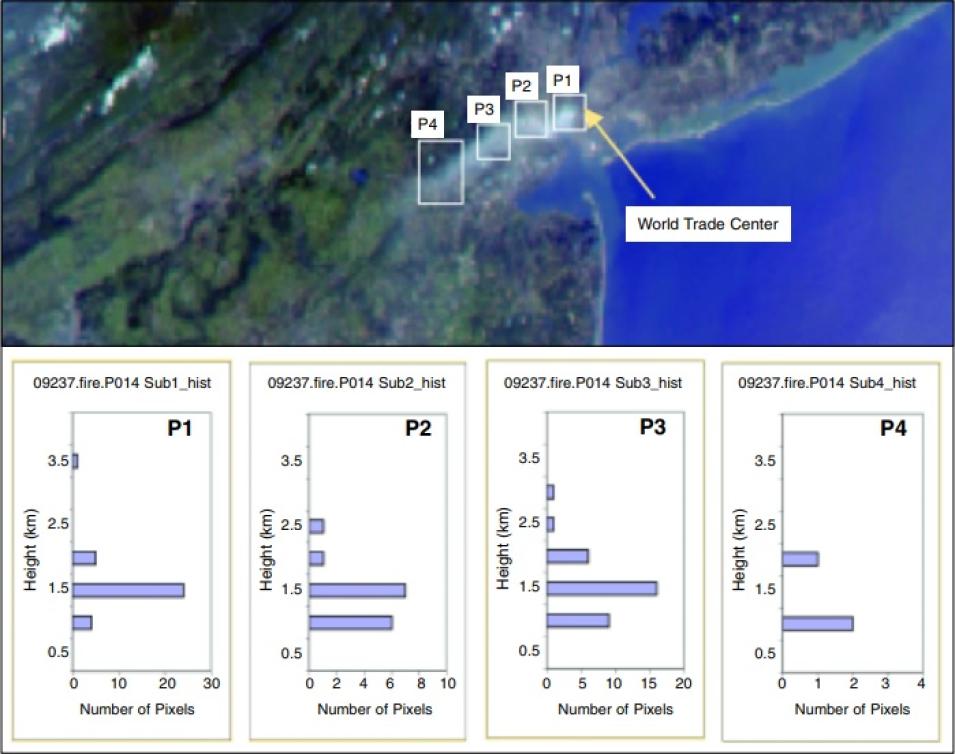Interdisciplinary studies
Stenchikov passed along the aerosol concentration data from his model simulations to investigators from the Environmental and Occupational Health Sciences Institute, who were assessing the human exposure to the pollutants. The ongoing work to understand how pollution is dispersed in the atmosphere and to assess its subsequent impact on the environment involves researchers from many different fields. Kahn said, “We are now in a position to monitor aerosol behavior using satellite data combined with surface data, aircraft data, and models in a way that we have never been able to do before.”
Scientists can now use these same techniques to study other events, like the burning of fossil fuels or the pollution generated from power plants. Stenchikov said, “The combination of satellite observations and modeling is a very fruitful approach, because we cannot believe in the models completely until we validate with observations, and observations do not provide complete information.” Researchers can extend these findings to estimate the quantity and drift of pollutants released into the air, and assess the impact of air-quality events on human and environmental health. Ground station data recorded by the Environmental Protection Agency, for instance, can be combined with satellite data to provide information about exposure patterns that can affect people and the environment.
Both Kahn and Stenchikov value the interdisciplinary nature of studies like this. Kahn said, “We have different backgrounds and we come with different expertise, and we’re putting our expertise together to get an answer. When we are all done, we have some ‘golden days,’ as we like to call them—days when all of the data falls into place. Those are the nuggets.”
References
Kahn, R. A., W. -H. Li, C. Moroney, D. J. Diner, J. V. Martonchik, and E. Fishbein. In press. Aerosol source plume physical characteristics from spacebased multi-angle imaging. Journal of Geophysical Research .
Stenchikov, G., N. Lahoti, P. J. Lioy, P. G. Georgopoulos, D. J. Diner, and R. Kahn. 2006. Multiscale plume transport from collapse of the World Trade Center on September 11, 2001. Environmental Fluid Mechanics 6(5): 425–450
For more information
NASA Atmospheric Science Data Center (ASDC)
Multi-Angle Imaging Spectroradiometer (MISR)
Department of Environmental Science at Rutgers University
| About the remote sensing data |
| Satellite |
Terra |
| Sensor |
Multi-Angled Imaging Spectroradiometer (MISR) |
| Data set |
MISR Level 2 Top of Atmosphere/Cloud Stereo and Aerosol data products from September
12, 2001 |
| Resolution |
1.1 kilometers horizontal (stereo height); 17.6 kilometers (aerosol optical depth) |
| Parameters |
Stereo height; aerosol optical depth |
| DAAC |
NASA Atmospheric Science Data Center (ASDC) |


